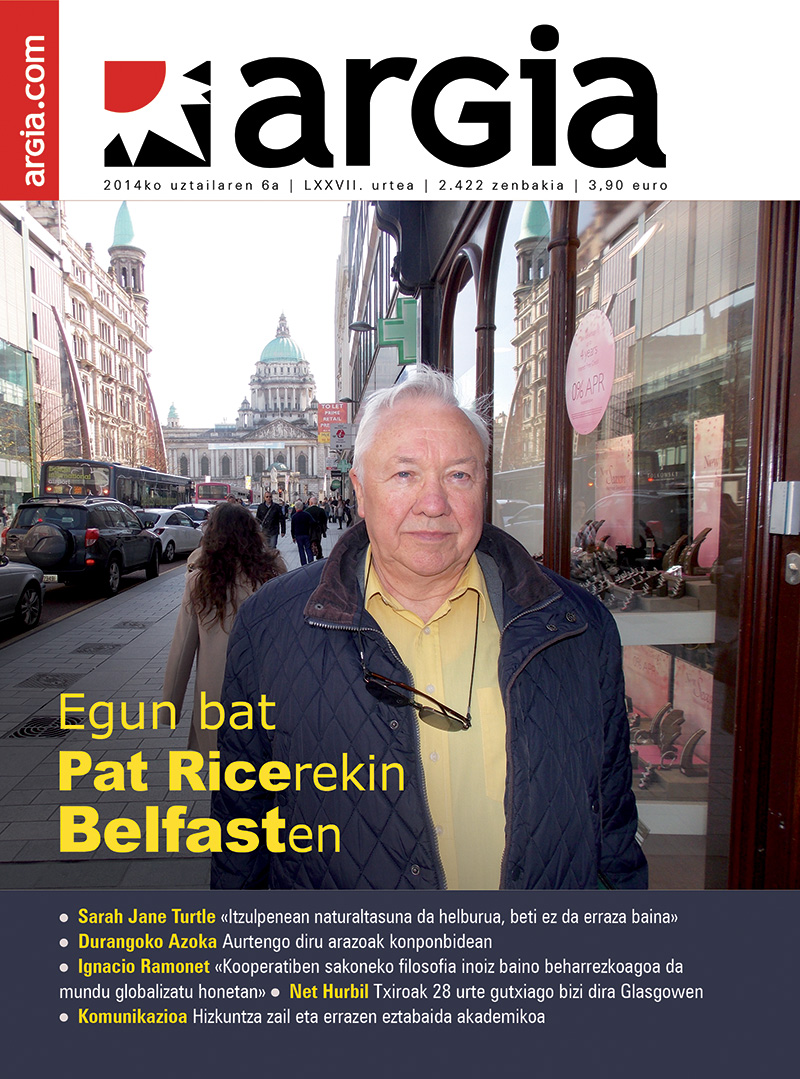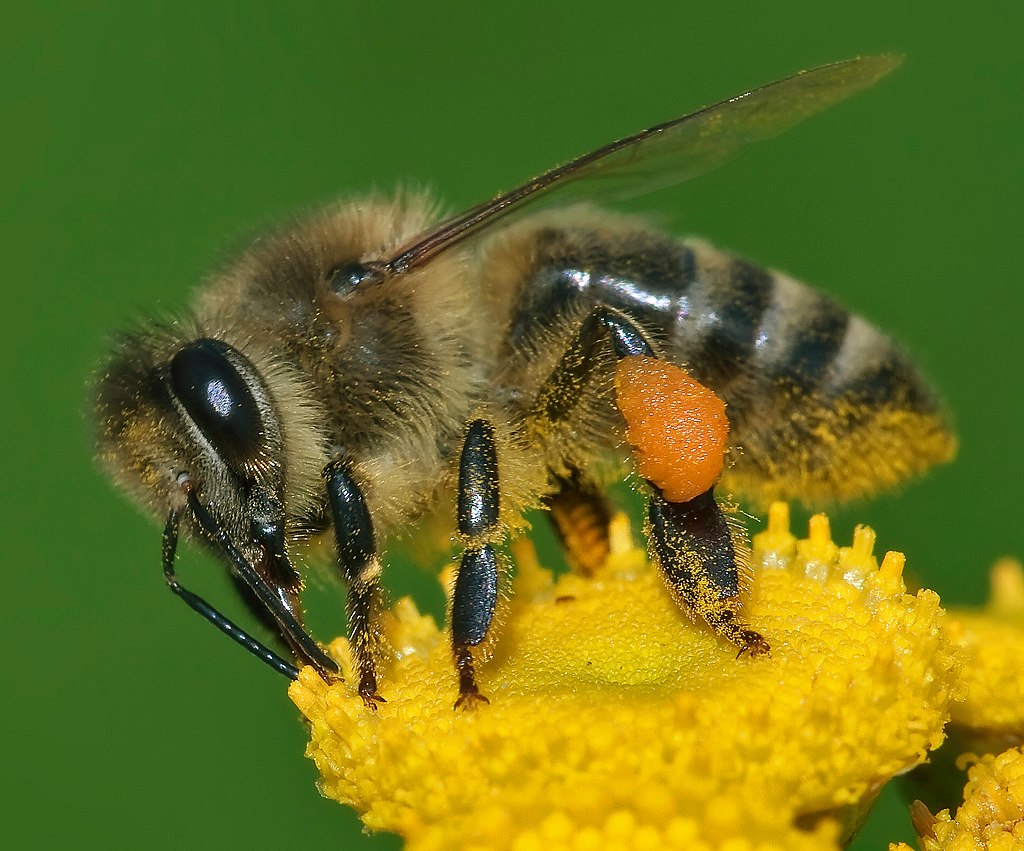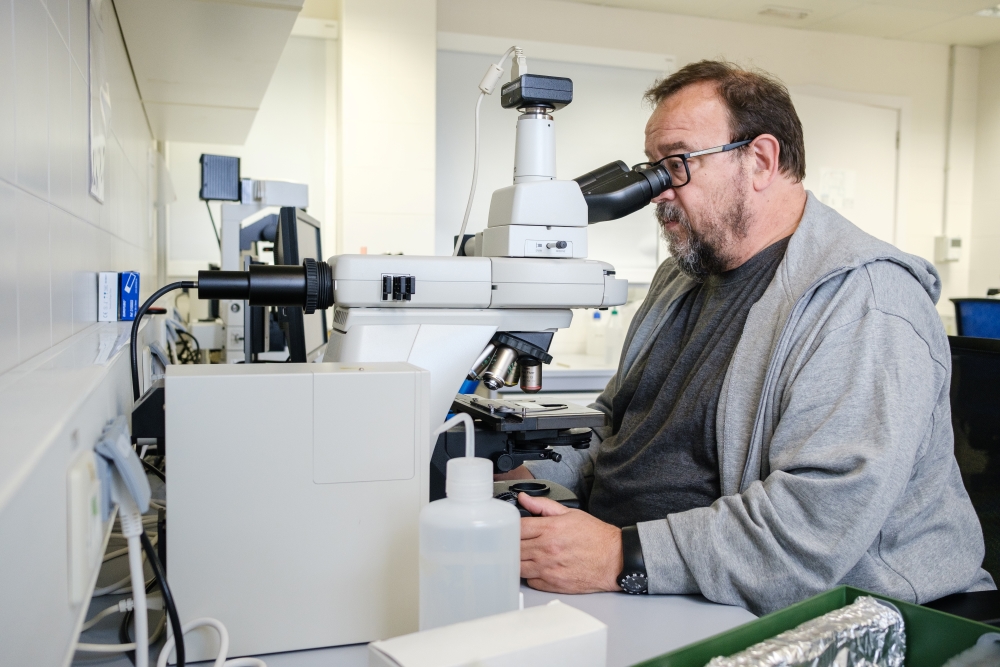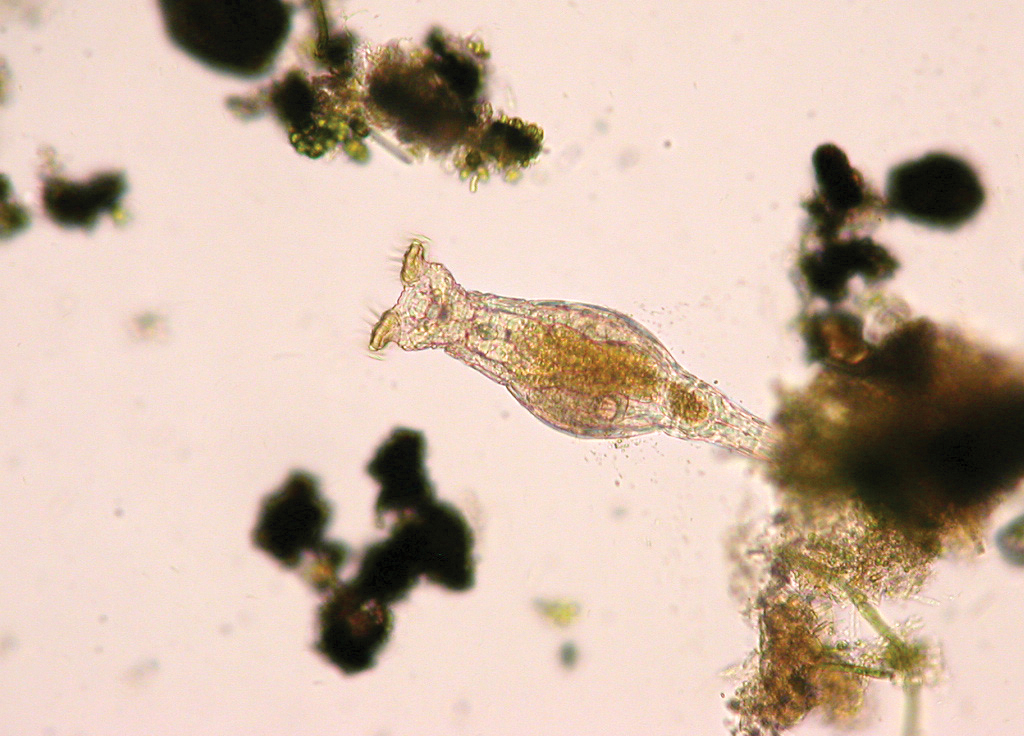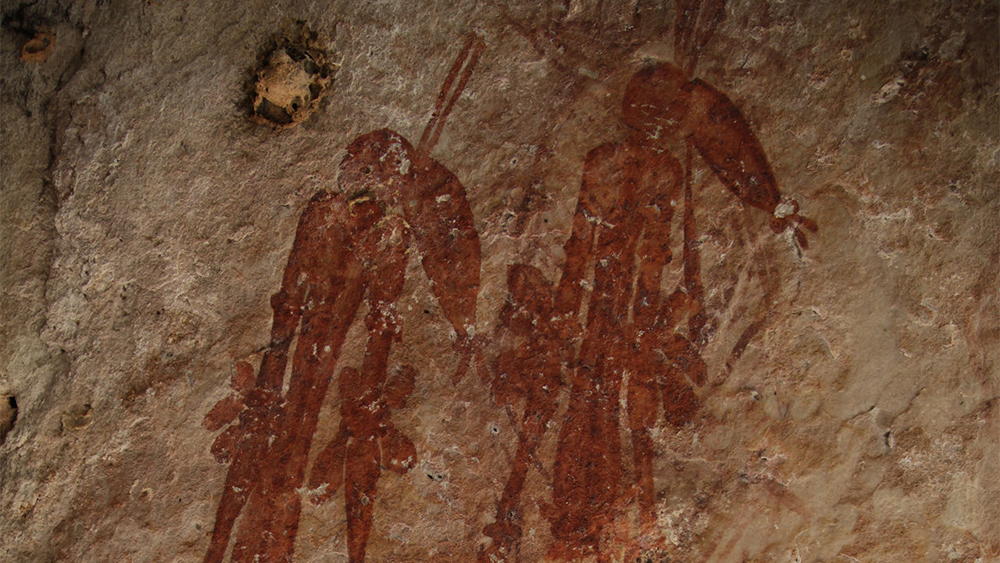Aeroplanes, suitable habitat for bacteria
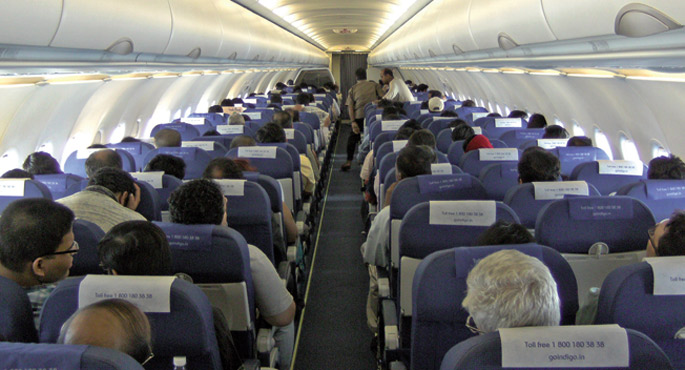
According to a group of biologists from the American University of Auburne, some bacteria can survive for several days in the armrests of aircraft windows, plastic tables and some objects commonly used by passengers.
One of these bacteria is Staphylococcus aureus, which in some cases can cause a fatal skin infection. It is also often found in Escherichia coli, which is known to cause serious problems in the digestive system.
To measure the resistance of these bacteria, different devices used in aircraft have been kept in flight conditions, i.e. at 24 degrees of temperature and 18% humidity. Researchers have observed that Escherichia coli has spent four days in armrests and three days in food dishes. Staphylococcus aureus has been able to survive for a week on fabrics used to cover seats.
In view of the results of the study, US aviation companies have received a number of recommendations on aircraft disinfection.
Ionan Marigomez Allende (Erandio, 1961) biologoa da lanbidez eta bokazioz. Bera izan zen EHUren Plentziako Itsas Estazioaren sustatzaile nagusia, eta bera da bertako zuzendaria 2013an sortu zenetik. Bulegoan hartu gaitu, atzealdean Gorlizko badia ageri dela, eta hantxe jardun... [+]
1891n nekazari batek Gwion estiloko hainbat labar pintura aurkitu zituen Kimberlyn (Australia).









